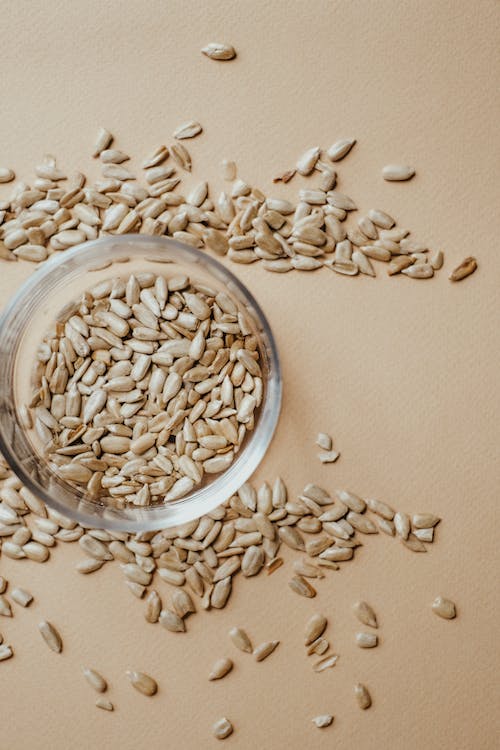Most people do not care for the nutrients each meal can provide their body with. More often than not, fiber is one of those elements in the list that is overlooked. However, even if fiber intake is not high among most people, it is highly advisable to incorporate it in your every day diet as it has numerous benefits for your health. Besides, fiber comes in many shapes and they can be easily included in your meals.
If you are going through a bit of a fiber deficiency, here is a guide on what it is, how to incorporate it and which foods are the best ones to do so!
First things first: what is fiber?
Fiber is actually a kind of carbohydrate, but contrary to other kinds, the body does not break fiber down and that means that they are the same after going through the intestinal tract. Another possibility is that the good bacteria digests fiber intake.
In any case, fiber is responsible for keeping us full and satiated due to the fact that it is not broken down. Moreover, it helps with digestion as it keeps things going in the intestinal tract and prevents, and even can help with, constipation.
Types of fiber
There are, essentially, two types of fiber:
- Insoluble fiber: this kind of fiber does not mix with water and moves along the intestinal tract without changing. It is a bulking agent for stool.
- Soluble fiber: fiber that mixes with water. This kind of fiber creates a pudding-like gel in the intestinal tract.
Why is fiber healthy?
Fiber has numerous benefits. For example, an appropriate fiber intake can lower the risk of getting heart diseases like high blood pressure or strokes. It can also lower the risk of getting diabetes or colorectal cancer as well as other types of cancer.
Moreover, because it is so beneficial for our intestinal tract, fiber intake can help with irritable bowel syndrome or Crohn’s disease.
It is worth mentioning that fiber intake in itself is not going to provide any miracle cure, so if you have any of these, you should get checked out regularly and follow a diet under your doctor’s supervision!
How can you increase your fiber intake?
The best way to do it is to do it slowly and regularly. This way, you will make sure to reach your dietary goals and you will avoid getting any side effects, which is, ultimately, the most important aspect of any changes in your food habits.
For vegans, having an appropriate fiber intake is quite easy, as many ingredients contain fiber in different amounts. Moreover, plant-based diets are high in fiber since it is one of the most important elements in plants.
However, there are other ways and ingredients to increase fiber intake. For example, whole grains are great allies for this case. Brown rice, cereals and oats are some of the options you have.
You can also include legumes and seeds in your recipes. You can use and add legumes when making stews or soups and dress your salads with seeds.
Pasta like couscous is rich in fiber and a great way to make a dish more appetizing. You can get pearl couscous here and go over a recipe to follow for your next meal: https://riceselect.com/product/riceselect-pearl-couscous
Breakfast and desserts high in fiber might include fruits in the shape of puddings or you can make fruit bowls combining them with some nuts.
How can you know if your fiber intake is appropriate?
In general, even if people overlook the list of ingredients and the nutrition facts on each of them, fiber is in many foods, so its intake can be intuitively appropriate.
When facing a fiber deficiency, you might experience constipation which can lead to hemorrhoids. Moreover, a heavy deficiency could lead to more complicated scenarios such as diabetes or irritable bowel syndrome, as mentioned.
Don’t forget to run annual check-ups to make sure your blood levels in general are right. Moreover, you can start creating healthier habits by setting realistic goals for yourself. These could include becoming more aware of what you are eating and how helpful that is for your system or planning a balanced plan along with a nutritionist of your choosing.

